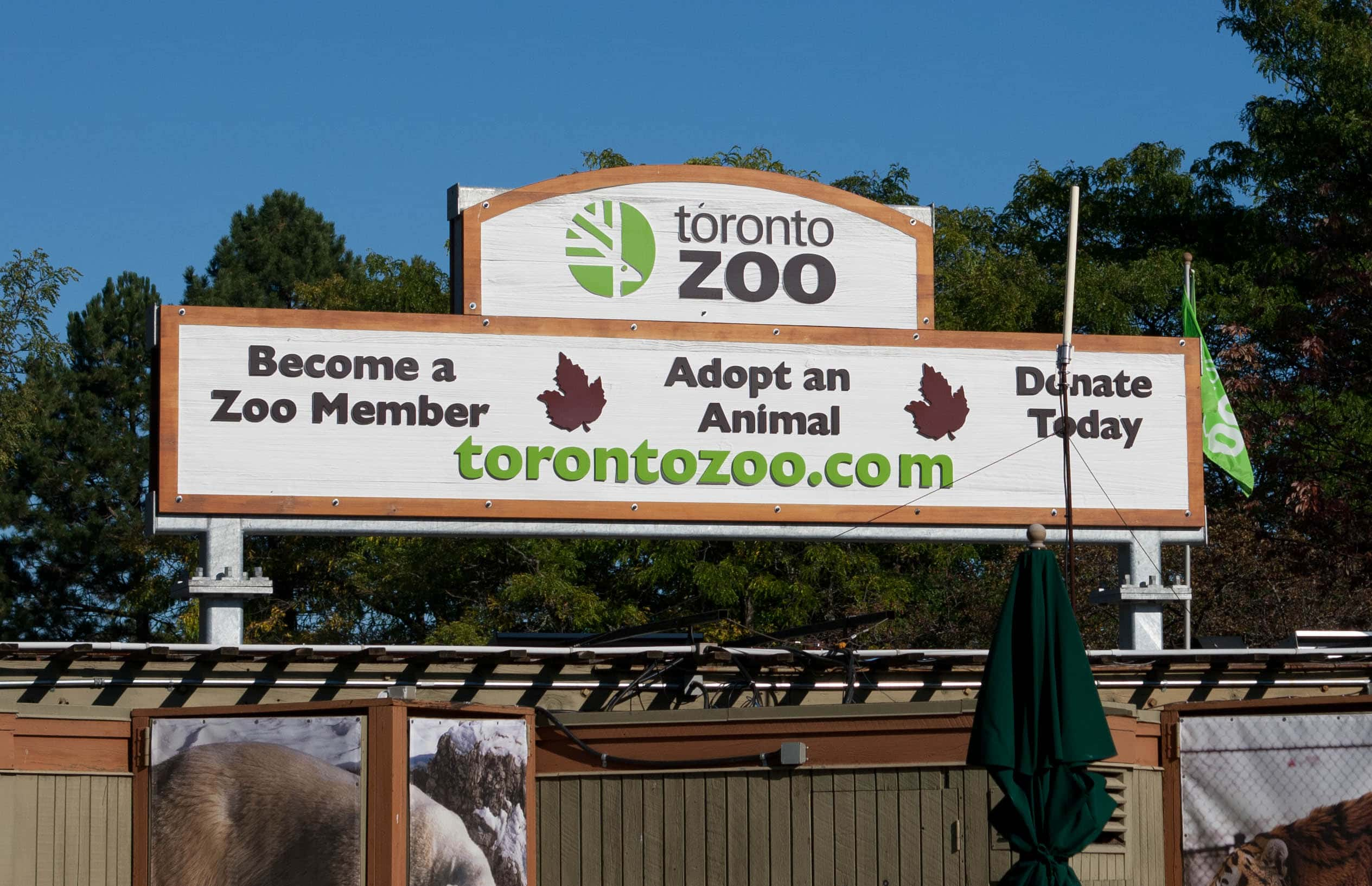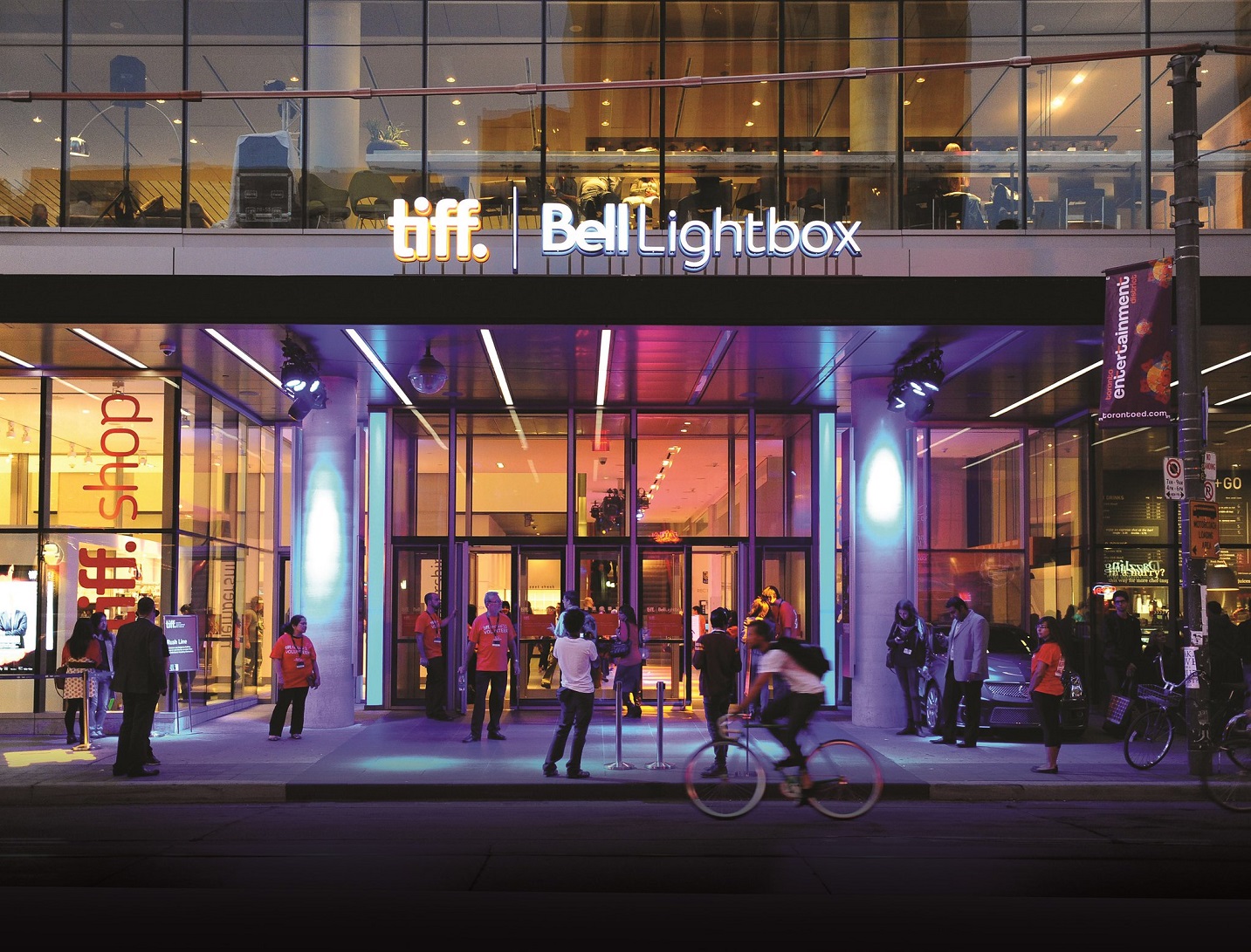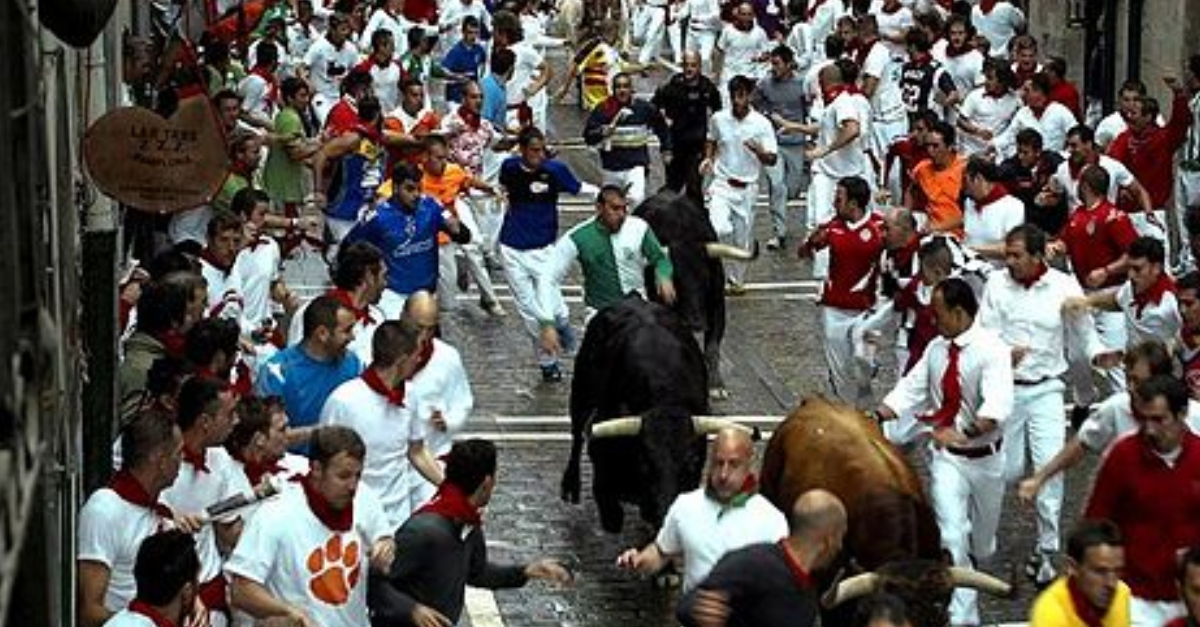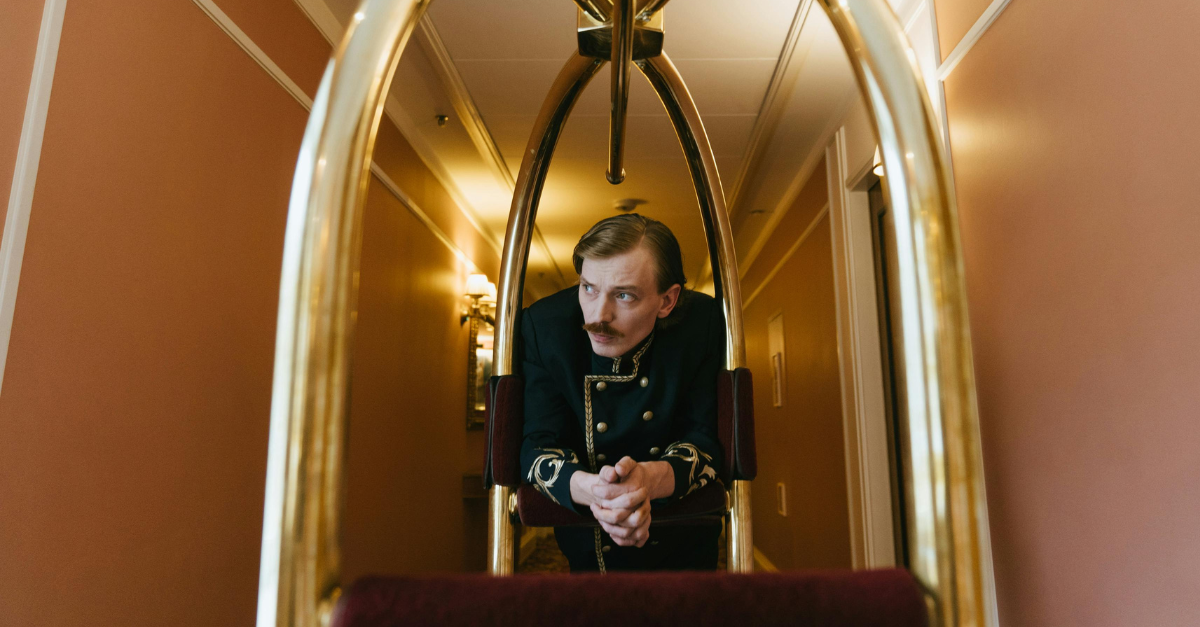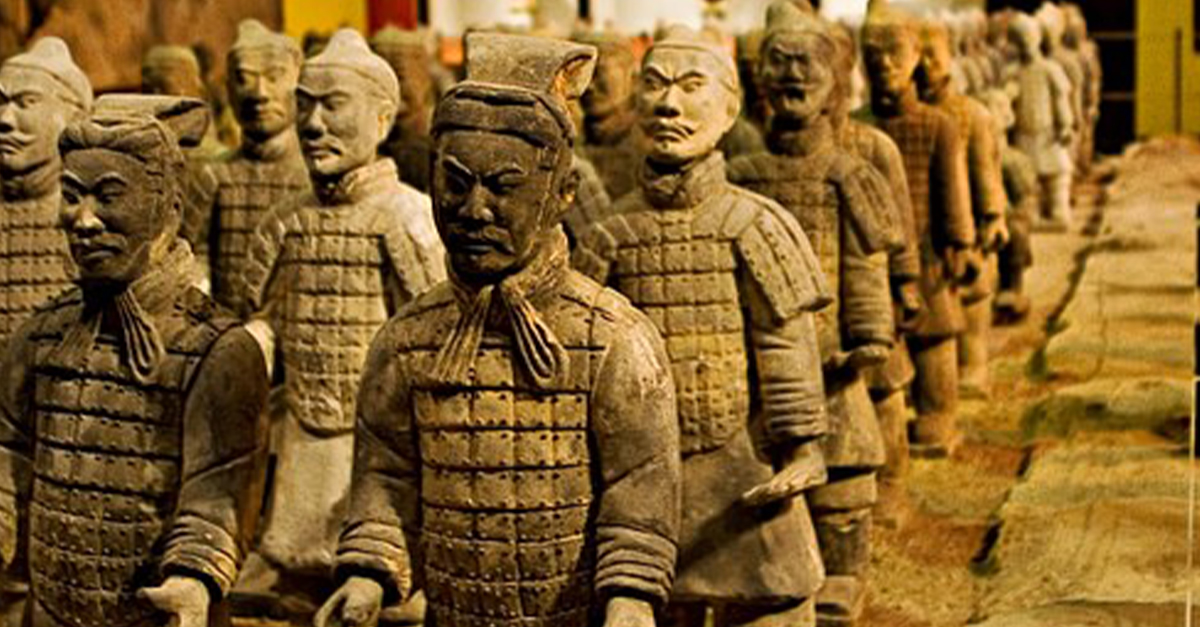Toronto is the most populous city in Canada, the provincial capital of Ontario, and the centre of the Greater Toronto Area, the most populous metropolitan area in Canada. Toronto is the fourth-largest city in North America based on the population within its city limits. Toronto trails only Mexico City, New York City, and Los Angeles by this measure, while it is the fifth-largest (behind also Chicago) if ranked by the size of its metropolitan area. An established global city, Toronto is an international centre of business, finance, arts, and culture, and widely recognized as one of the most multicultural and cosmopolitan cities in the world. Enjoy these interesting facts about Toronto.
1. Robots in disguise
Transformer houses can be spotted around the city. Ever see a quaint-looking house with a high fence in the back and no mailbox? Yeah, that's not really a house. Scattered across Toronto, there's a host of hidden transformers, many of which are located in nondescript residential houses.

2. Making the map
Dundas was stitched together from different streets. In the early 20th century, the city lacked a main east-west thoroughfare between College and Queen Street, which was causing major problems for traffic flow. To solve the problem the city decided to rename and connect a whole series of smaller streets into one main roadway, which is the Dundas Street we know today.
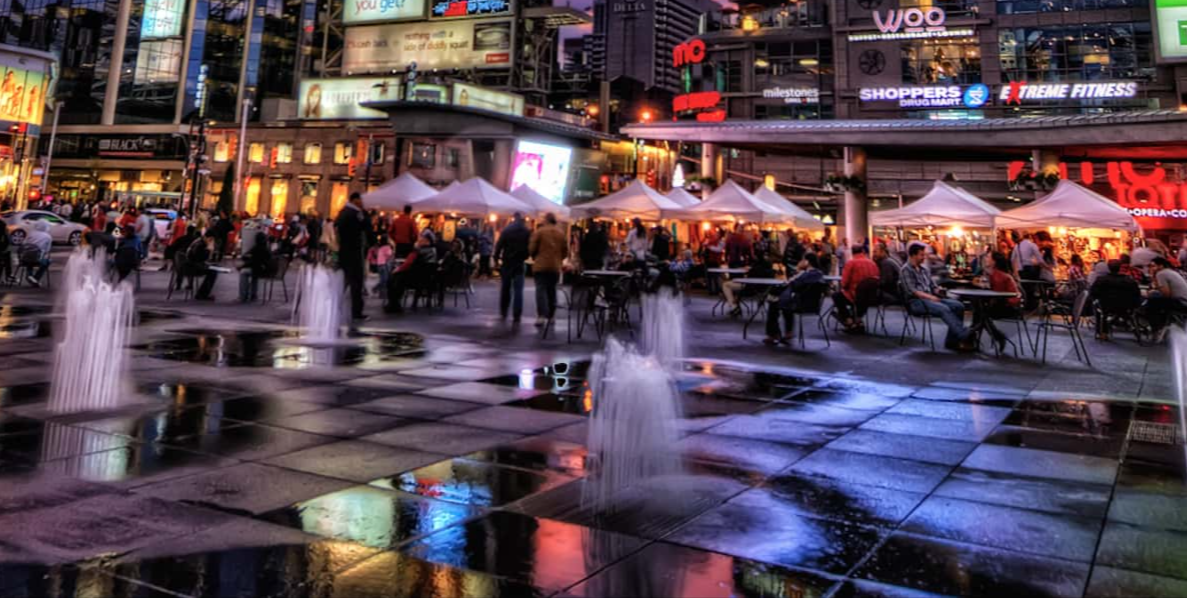 Pedro Szekely, CC BY 2.0 ,Wikimedia Commons
Pedro Szekely, CC BY 2.0 ,Wikimedia Commons
3. Don't go burning bridges
There is a bridge buried under Trinity Bellwoods Park. If you head south on Crawford Street from Dundas, and you notice that the road narrows considerably for a section of about 25 metres or so. Underneath this stretch lies the old Crawford Street Bridge, which spanned Garrison Creek until the 1960s when it was filled in with earth from the Bloor-Danforth subway line. A second buried bridge exists on Harbord Street west of Grace, the north railing of which is still visible to this day.
 James Salmon, Wikimedia Commons
James Salmon, Wikimedia Commons
4. Secrets streets
Toronto is home to some 250 private streets and laneways, which residents maintain on their own dime. Some are gated like the half-hidden community of Wychwood Park, while others lack much by way of obvious markers.
 GTD Aquitaine, Wikimedia Commons
GTD Aquitaine, Wikimedia Commons
5. Do you see what I see?
Toronto has a house that's been sawed in half. You could walk by it 20 times and not notice, but once you do, it looks like an optical illusion. Half of this house at 54 1/2 St. Patrick Street was sold to a developer, while the other half has remained to this day.
6. All ready for the apocalypse
Back at the height of the Cold Conflict, TTC subway tunnels were seriously considered for use as a possible fallout shelter in the event of an attack on Toronto or neighbouring cities like Detroit or Buffalo. Now that's a recipe for a post-apocalyptic horror movie if I've ever seen one.
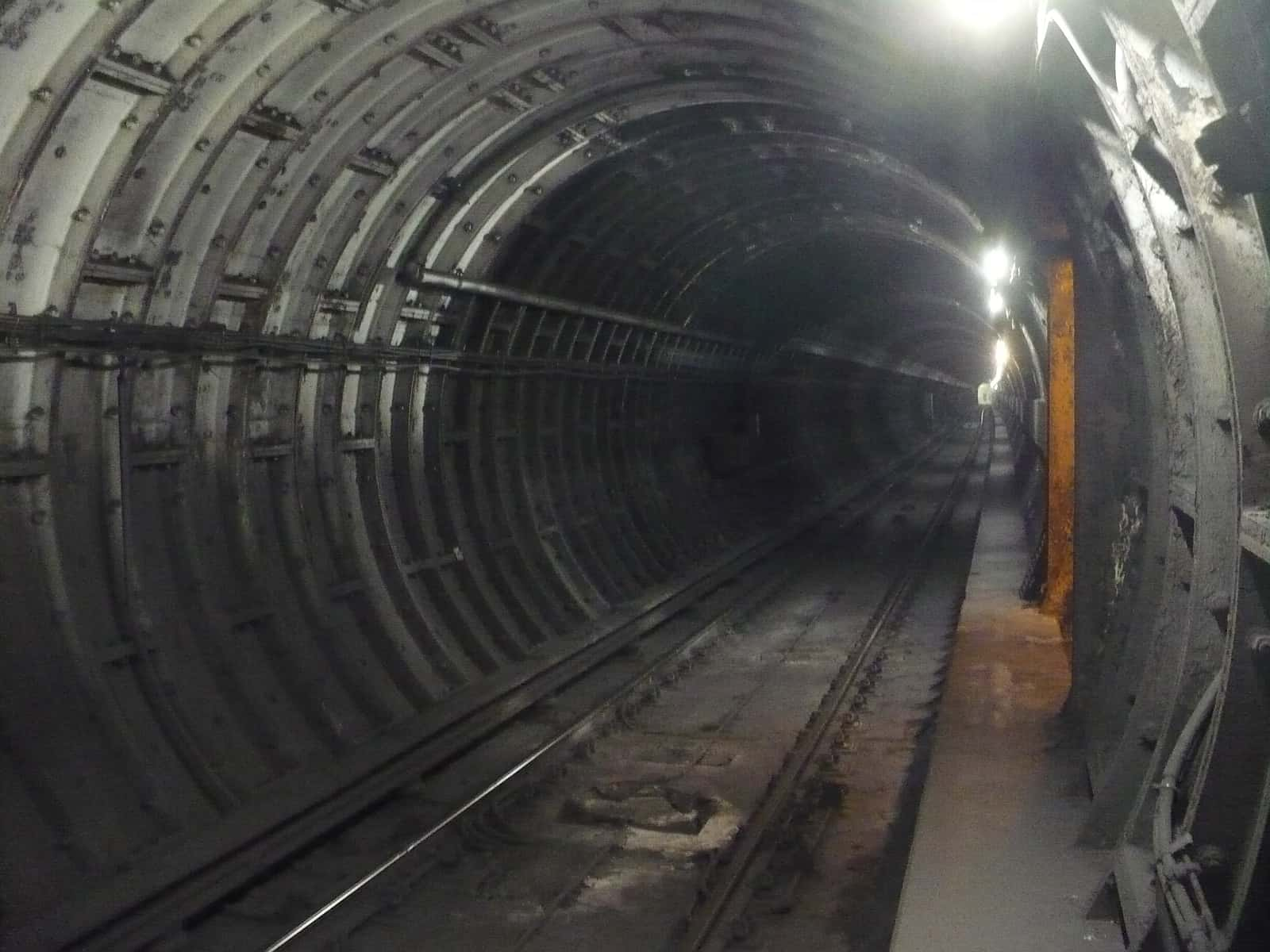 Secondarywaltz, CC BY-SA 3.0, Wikimedia Commons
Secondarywaltz, CC BY-SA 3.0, Wikimedia Commons
7. Down in the dumps
There are washrooms beneath our streets. Although no longer in use, Toronto had a series of underground public toilets at the turn of the century. The most popular of these was located at Spadina and Queen streets, and can be spotted in many photos from the period.
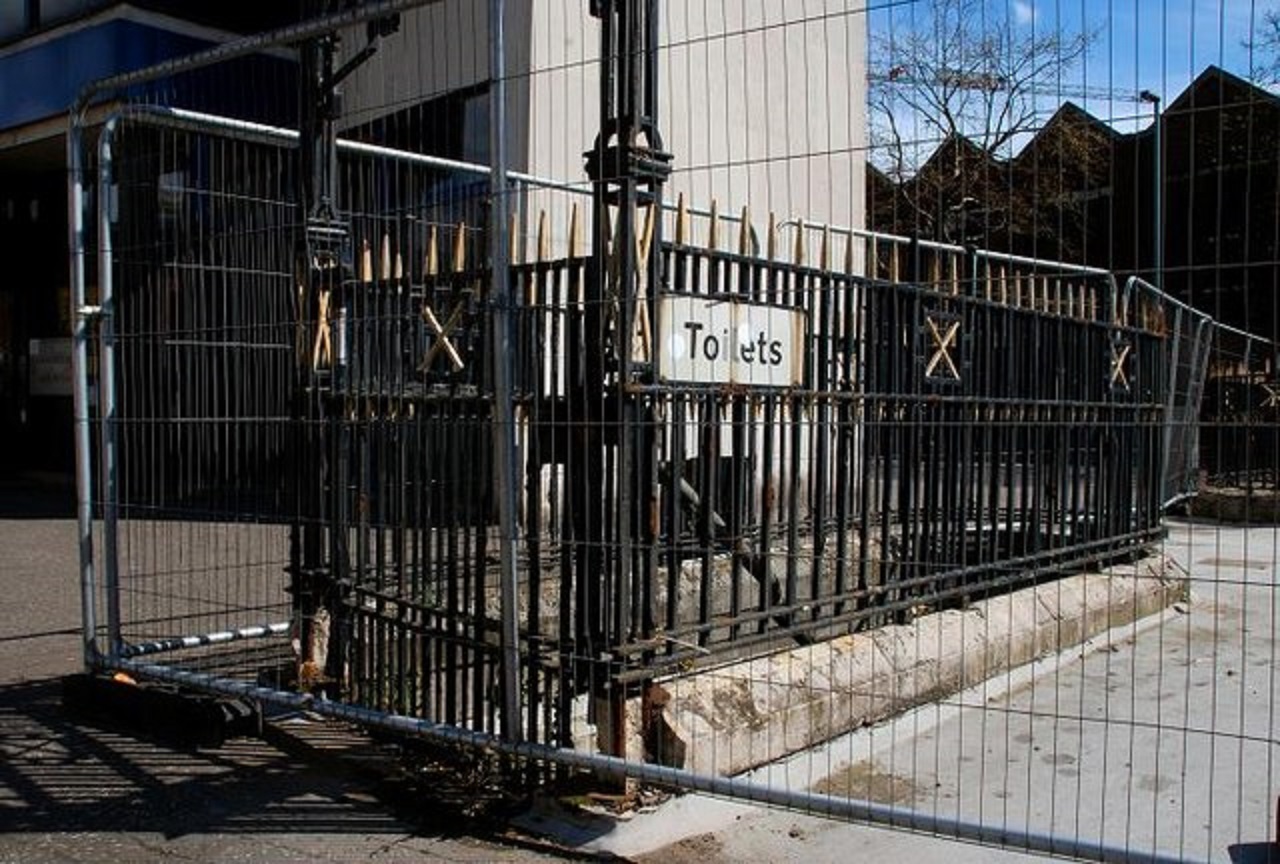 Albert Bridge, Wikimedia Commons
Albert Bridge, Wikimedia Commons
8. The price of conservation
The Toronto Zoo rented two giant panda's from China in 2013 for $1 million per year. There's an extra $200,000 charge each time a cub is born (two so far!). That's all on top of food, which can cost close to $200,000 a year.
 Benson Kua, CC BY-SA 2.0, Wikimedia Commons
Benson Kua, CC BY-SA 2.0, Wikimedia Commons
9. The most multicultural city in the world
The multicultural population of the GTA is expected to reach 9 million people by 2036. Toronto welcomes over 40 million visitors annually, with an overall visitor spending of $7.2 billion during their visits. Over 180 languages and dialects are spoken in the city. According to RoughMaps, it's actually one of the fastest growing cities in the world.
 Katrin Ray Shumakov, Getty Images
Katrin Ray Shumakov, Getty Images
10. No cars allowed
The Toronto Islands, just a short ferry ride away from downtown Toronto, comprise the largest urban car-free community in North America. They are also a very popular recreational destination and home to the Billy Bishop Toronto City Airport. Toronto Island lies on top of a 900-acre floating sandbag! Centre Island is also the place Babe Ruth hit his first professional home run! It serves as an urban oasis for residents and tourists alike.
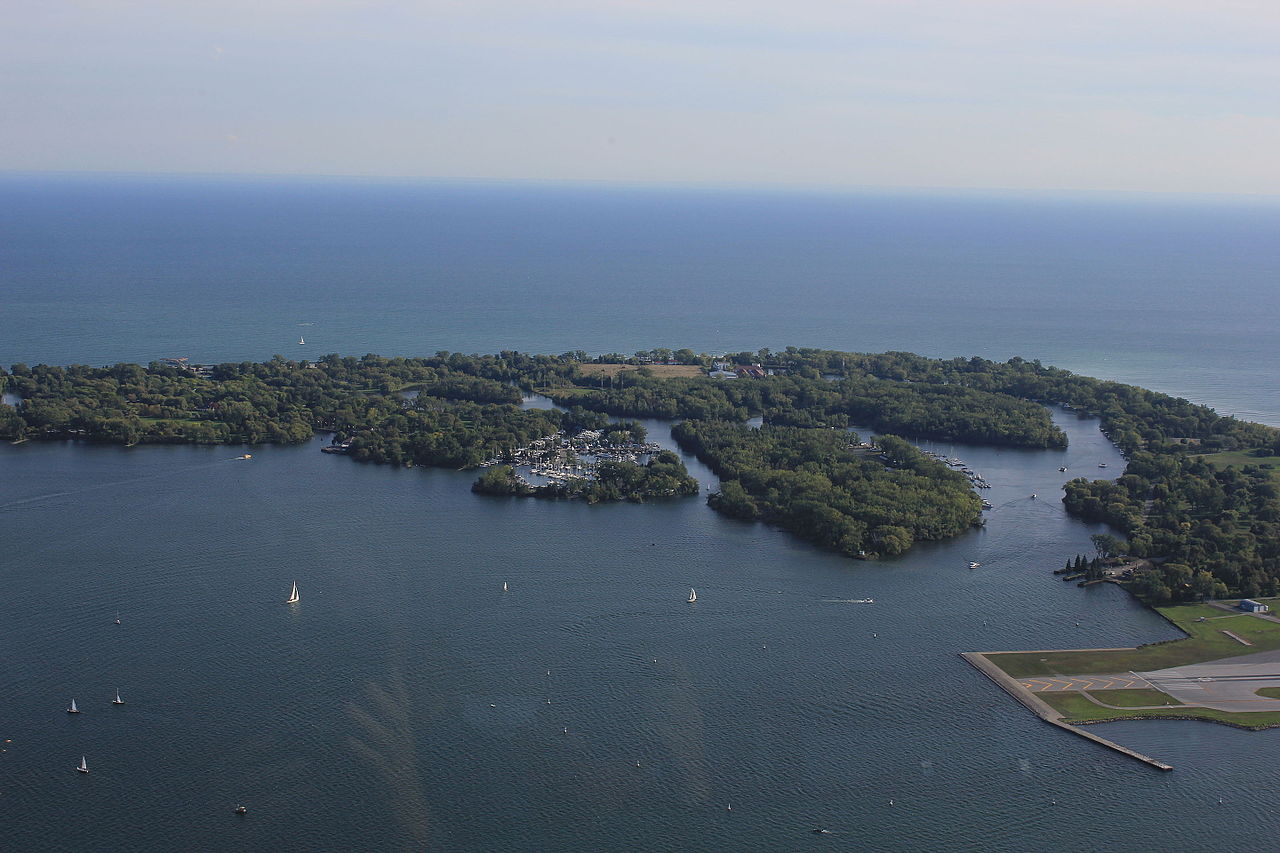 Laslovarga, CC BY-SA 4.0, Wikimedia Commons
Laslovarga, CC BY-SA 4.0, Wikimedia Commons
11. Man, that's cold!
The lowest recorded temperature Toronto has ever had was -31.3 degrees C (without wind chill) in 1943. There are 301 measurable days of sunshine in Toronto. December has the fewest days (19), while July/August have the most days (30). Toronto gets an average yearly precipitation of about 831 mm, with summer usually being the wettest season in Toronto.
 Katrin Ray Shumakov, Getty Images
Katrin Ray Shumakov, Getty Images
12. For the sports fans
Toronto is the only Canadian city with representation in 7 major league sports. The Rogers Centre is the first stadium in the world to have a fully retractable roof. The Toronto Maple Leafs have the largest fan base in the NHL, even though they have not won a Stanley Cup since 1967. Other Toronto teams include: Raptors (Basketball), Argonauts (Football), Blue Jays (Baseball), Marlies (Hockey), Rock (Lacrosse), and FC (Soccer).
13. Look at all that green
There are over 1,600 named parks comprised of over 8,000 hectares of land (ravines, valleys, woodlots, parks, beaches, golf courses, destination parks, parkettes) and over 200 km of trails, many of which are suitable for biking and walking.
14. Fly, fly away
Toronto Pearson International Airport is the busiest airport in Canada. In 2015, 41 million travellers passed through the airport. Based on 2013 estimates, Toronto welcomed 13.69 million overnight visitors. 1.42 million visitors arrived from overseas markets (all countries other than Canada and the U.S.) with a further 2.18 million Americans staying overnight – a 1.7 per cent increase over 2012 and a 9.7 per cent increase over 2010 (Tourism Toronto, 2013).
 Lasse Fuss, CC BY-SA 3.0, Wikimedia Commons
Lasse Fuss, CC BY-SA 3.0, Wikimedia Commons
15. Never a dull moment
The City is also home to over 50 major attractions including art museums, heritage sites, cultural centres and zoos. Hundreds of events, festivals, regattas and marathons take place throughout the year. The Toronto Zoo is the largest zoo in Canada and the third largest in the world, housing 16,000 animals of 491 different species.
16. Safe and sound
According to multiple sources, Toronto is the safest metropolitan area in North America. A North American low of 78.4 violent offences were recorded last year compared to a high of 2,122.9 in Detroit. In turn, the EIU ranks Toronto as the fourth most livable city in the world in terms of safety, public transit, and cleanliness.
17. Diversity in the city
The top five visible minority groups in Toronto are South Asians (12% of the population), Chinese (11.4%), Black (8.4%), Filipino (4.1%) and Latin American (2.6%). Approximately half of Toronto’s population was born outside of Canada. BBC Radio named Toronto “the most multicultural city in the world” over London.
18. Life-saving innovations
The pacemaker, is a life-saving device created by Winnipeg engineer John Hopps, who developed the first cardiac pacemaker in 1950 based on research from Dr. Wilfred G. Bigelow and Dr. John C. Callaghan at the Banting Institute in Toronto. Hopps and Bigelow benefited from their work in more ways than one: according to the National Research Council, both later received pacemakers.
 Steven Fruitsmaak, CC BY 3.0, Wikimedia Commons
Steven Fruitsmaak, CC BY 3.0, Wikimedia Commons
19. The end of the road
Ask most Canadians which is the longest street in the world, and most will say Yonge St. Sadly, it's not officially true. The Guinness Book of Records took away the coveted title in 1999. The dispute centres around whether Yonge St. and Highway 11, which ends in Rainy River on the Ontario-Minnesota border, are the same entity. Without the extra length, Yonge St. officially ends in Barrie.
 Howard64NH, CC BY-SA 3.0, Wikimedia Commons
Howard64NH, CC BY-SA 3.0, Wikimedia Commons
20. An artist's paradise
There are over 23,700 artists in Toronto, which is almost twice as many artists as any other Canadian city. The film industry in Toronto employs 28,000 jobs and brings in approximately $1.5 billion each year. Around 25% of Hollywood movies are actually filmed in Toronto.
21. Money matters
The Toronto Stock Exchange was created by 24 men in October 1861. There were only 18 stocks listed on the exchange, mostly banks and real estate companies. According to Invetopedia.com, at that time there was one daily 30-minute trading session, during which just a few transactions would take place. TSX is now the seventh largest exchange in the entire world (based on market capitalization). Toronto is the largest, financial centre in Canada and the fourth largest, economic centre in all of North America.
 nodomain.cc, CC BY 2.0, Wikimedia Commons
nodomain.cc, CC BY 2.0, Wikimedia Commons
22. The heart of the city
Since 1803, the St. Lawrence Market has been the community’s beating heart and culinary focal point of the city of Toronto. It’s the living symbol and anchor of the neighbourhood and for the families who live here. It’s a place to connect, to share stories and of course, to taste and to discover great food.
 Ian Muttoo, CC BY-SA 2.0, Wikimedia Commons
Ian Muttoo, CC BY-SA 2.0, Wikimedia Commons
23. Shakespeare would love it
Toronto is the third largest city for English theatre, being just behind New York and London. Toronto plays host to the largest number of theatre and performing arts organizations in Canada and one of the largest cultural centres in North America. The Canadian Opera Company, The National Ballet of Canada, Mirvish Productions and Dancap Productions perform in over ten major theatres.
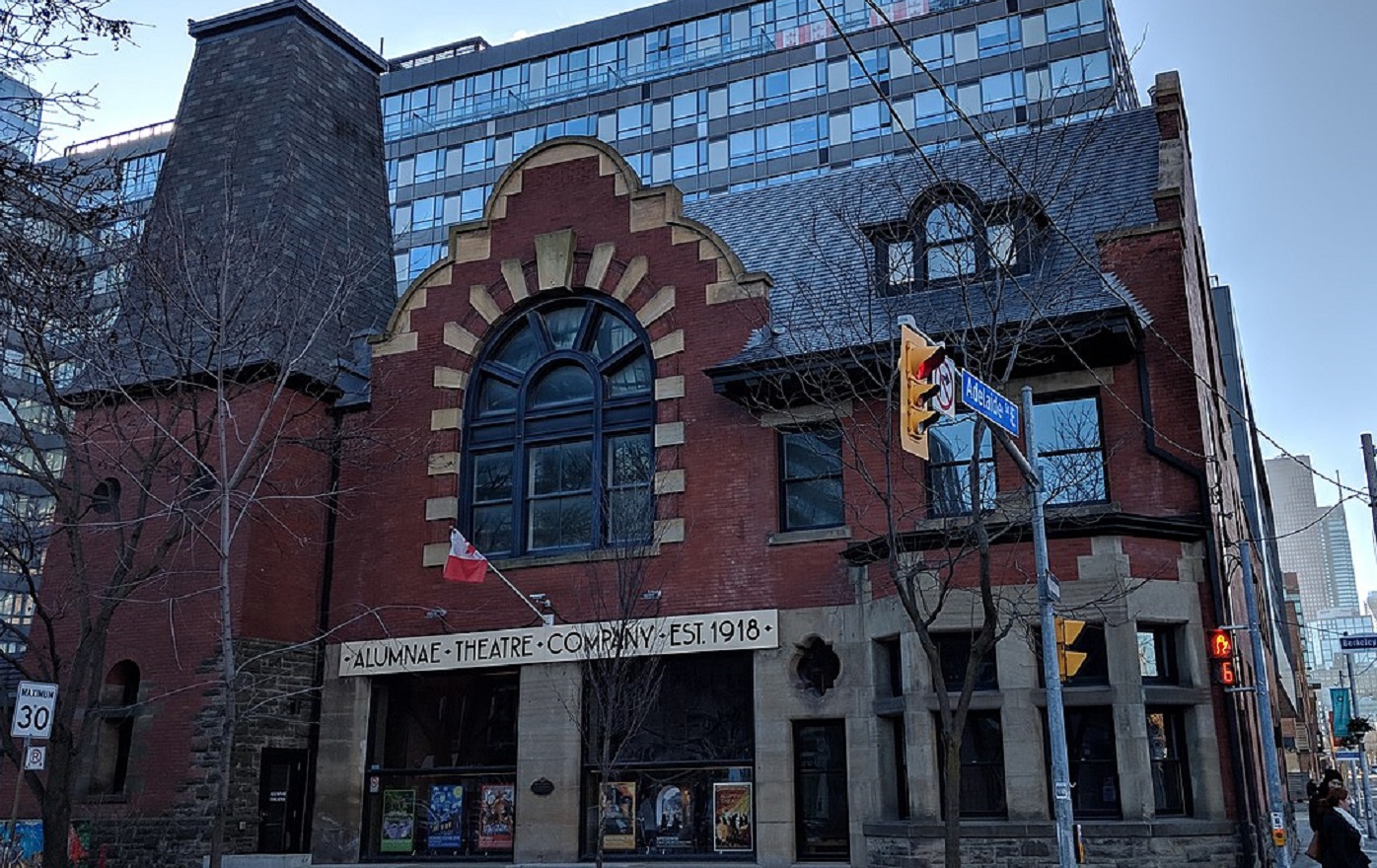 Chester from Toronto, Canada, CC BY 2.0, Wikimedia Commons
Chester from Toronto, Canada, CC BY 2.0, Wikimedia Commons
24. A whole new world
The PATH is the largest continuous underground shopping mall in North America, featuring over 1200 stores. According to Guinness World Records, PATH is the world’s largest underground walkway with a total of 29 km (18 miles) of retail space. The PATH connects 50 office towers, 5 subway stations, six hotels and one railway terminal.
 Joseph Morris, CC BY 2.0, Wikimedia Commons
Joseph Morris, CC BY 2.0, Wikimedia Commons
25. Party time
The City of Toronto produces more than 30 annual festivals and cultural events including Scotiabank Nuit Blanche, Winterlicious and Summerlicious and Doors Open Toronto that celebrate the vibrancy and diversity of Toronto. In early August, Toronto hosts Carabana, a festival celebrating Caribbean culture, North America’s largest one-day parade. The parade covers 3.6 km and hosts over one million spectators on an annual basis.
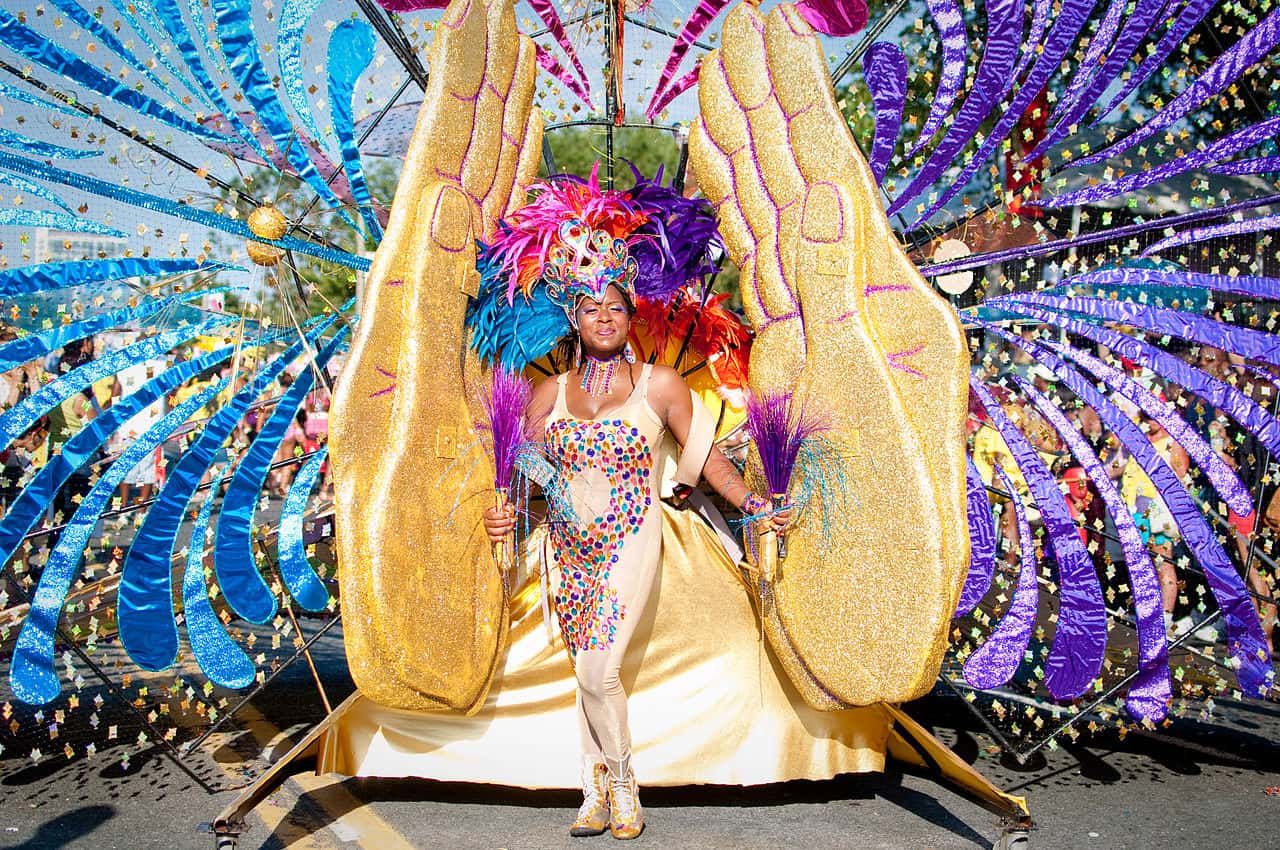 Ruth Choi, CC BY-SA 2.0, Wikimedia Commons
Ruth Choi, CC BY-SA 2.0, Wikimedia Commons
26. Move magic
The Toronto International Film Festival (TIFF) was originally called the “Festival of Festivals”. In 1976 TIFF was cofounded by Bill Marshall (who helmed David Crombie’s successful mayoralty campaign), Henk van der Kolk (the ‘silent business partner’) and the late, great Dusty Cohl (Toronto’s most tireless campaigner). Tickets to the first festival only cost $2 and screenings took place at the Ontario Place Cinesphere.
 GabboT, CC BY-SA 2.0, Wikimedia Commons
GabboT, CC BY-SA 2.0, Wikimedia Commons
27. Welcome to little Italy
Toronto has the largest population of Italians outside of Italy. When Italy hoisted the World Cup trophy as the top soccer nation in the world in 2006, St. Clair Street transformed into one big party. Some of the best Italian restaurants in Toronto include Buca, Gusto 101, Campagnolo, Enoteca Sociale, 7 Numbers and Sotto Sotto.
28. Representing the 6ix
Drake – maybe the most famous hip hop star on the planet right now – is now synonymous with Toronto. And Toronto’s most famous son sure seems to be one of the most influential celebrities right now, from his roster of list of A-list friends, to his Instagram account with more than 22 million followers, to his chart topping new album Views – did you ever expect the CN Tower to be on the cover of Number One album? – and he wants the world to love Toronto as much as he does. Kathy Hutchins, Shutterstock
Kathy Hutchins, Shutterstock
29. A long way down
National icon, engineering Wonder, the CN Tower is Toronto's "must-see" structure. Rocket to the top in a thrilling 58 second ride aboard glass fronted elevators. Spectacular views from four observation areas include LookOut, the world famous Glass Floor and Outdoor SkyTerrace and SkyPod, the highest. Experience the thrilling EdgeWalk, the World's Highest Outdoor Walk on a Building. Restaurants include award-winning Canadian cuisine and breathtaking revolving views at 360 Restaurant, and family friendly fair at Horizons Toronto celebrating the multicultural flavours of Toronto neighbourhoods. Gift shop features unique Canadian artisans and souvenir shopping.
30. Tree lovers
Toronto has a total of about 10 million trees, approximately 4 million of which are publicly-owned trees. These include approximately 600,000 street trees (e.g. located on public right of ways on boulevards and commercial trees in sidewalks, etc) and 3.5 million trees in parks, ravines and other natural areas.
31. Get out and about
The City of Toronto offers 595,000 hours of instructional recreation programs, 42,000 hours of leisure recreation programs and various services and facilities for people of all ages and abilities, promoting active and healthy lifestyles. There are 39 centres that offer select recreation programs at no charge.
32. The wonderful world of books
100 library branches across the city which are open for approximately 270,816 hours, with an estimated 19.3 million visits, 6.3 million workstation uses and 1.5 million wireless sessions. Toronto libraries receive 26.3 million virtual visits for online library services.
33. No better place to live
A recent report by the Economist Intelligence Unit analyzed cities around the world on parameters such as culture, healthcare, economic stability, education, environment and infrastructure. It ranked the city of Toronto 4th for livability. Toronto had high scores when it came to healthcare, education and stability.
34. Educating young minds
Toronto’s universities are world-renowned. Some of its universities, such as University of Toronto, McMaster, and Western, are even included in the list of top 200 universities in the world. 64 percent of Toronto residents between the ages of 25 and 64 have a post-secondary education. Of the almost 150,000 students enrolled at Ryerson, York, UOIT and U of T in 2012, 12,074 students were enrolled in master's programs, 8,137 were studying for their PhD's and 129,352 were entered in undergraduate studies.
 Sam Chan, CC BY-SA 2.0, Wikimedia Commons
Sam Chan, CC BY-SA 2.0, Wikimedia Commons
35. Not your average bed and breakfast
Toronto has several luxury hotels, including: The Ritz Carlton, Trump International Hotel & Tower Toronto, Thompson Toronto, The Hazelton Hotel, Le Hotel Germain, Shangri-La Hotel and Four Seasons Hotel. A record number of hotel nights were sold – 9.22 million – up 2.8 per cent over 2012, which translates into an average 69.3 per cent hotel occupancy for 2013. Toronto has over 43,000 hotel rooms.
 Benson Kua, CC BY-SA 2.0, Wikimedia Commons
Benson Kua, CC BY-SA 2.0, Wikimedia Commons
36. Always a show to see
The City is home to more than 80 film festivals, 200 professional performing arts organizations, internationally recognized symphony, ballet and opera companies, countless commercial and not-for-profit galleries and museums, and much more. The Cultural Hotspot project implemented in 2014 celebrates and promotes Toronto's neighbourhoods as cultural and economic destinations.
37. Making its mark
Toronto's unique identity is rooted in diversity and a rich array of cultural assets worth developing and sustaining. Toronto's 10 city-owned museums hold 147,000 artifacts and 1 million archaeological specimens in their historical collections. More than 200 City-owned public art works and historic monuments enrich Toronto's urban landscape with artistic flair.
38. Light it up
The Cavalcade of Lights at Nathan Phillips Square is an annual holiday tradition featuring the first illumination of Toronto’s official Christmas Tree, live musical performances by some of Canada’s top performers, a spectacular fireworks show and skating parties on the iconic outdoor rink.
 분당선M, CC BY-SA 3.0, Wikimedia Commons
분당선M, CC BY-SA 3.0, Wikimedia Commons
39. Just being honest
The City of Toronto's former Mayor Rob Ford's career ended in a media-frenzied inferno when a video surfaced of him taking substances. Post scandal, Ford admitted to using the substance. He added, “Am I an addict? No. Have I tried it? Probably in one of my drunken stupors, probably approximately about a year ago. I answered your question. You ask the question properly, I’ll answer it. Yes, I’ve made mistakes. All I can do now is apologize and move on".
Many Torontonians supported Ford, despite his transgressions, and recognized his candid approach to politics and the good he did for the city. Ford passed on March 22, 2016 after a battle with a rare and aggressive form of cancer. Toronto's next mayor John Tory released a statement saying, “I have known Rob Ford for many years. He was a man who spoke his mind and who ran for office because of the deeply felt convictions that he had".
40. Ancient roots
People have lived in Toronto since shortly after the last ice age. The urban community dates to 1793 when British colonial officials founded the Town of York on what was then the Upper Canadian frontier. That village grew to become the City of Toronto in 1834, and through its subsequent evolution and expansion, Toronto has emerged as one of the most liveable and multicultural urban places in the world.





